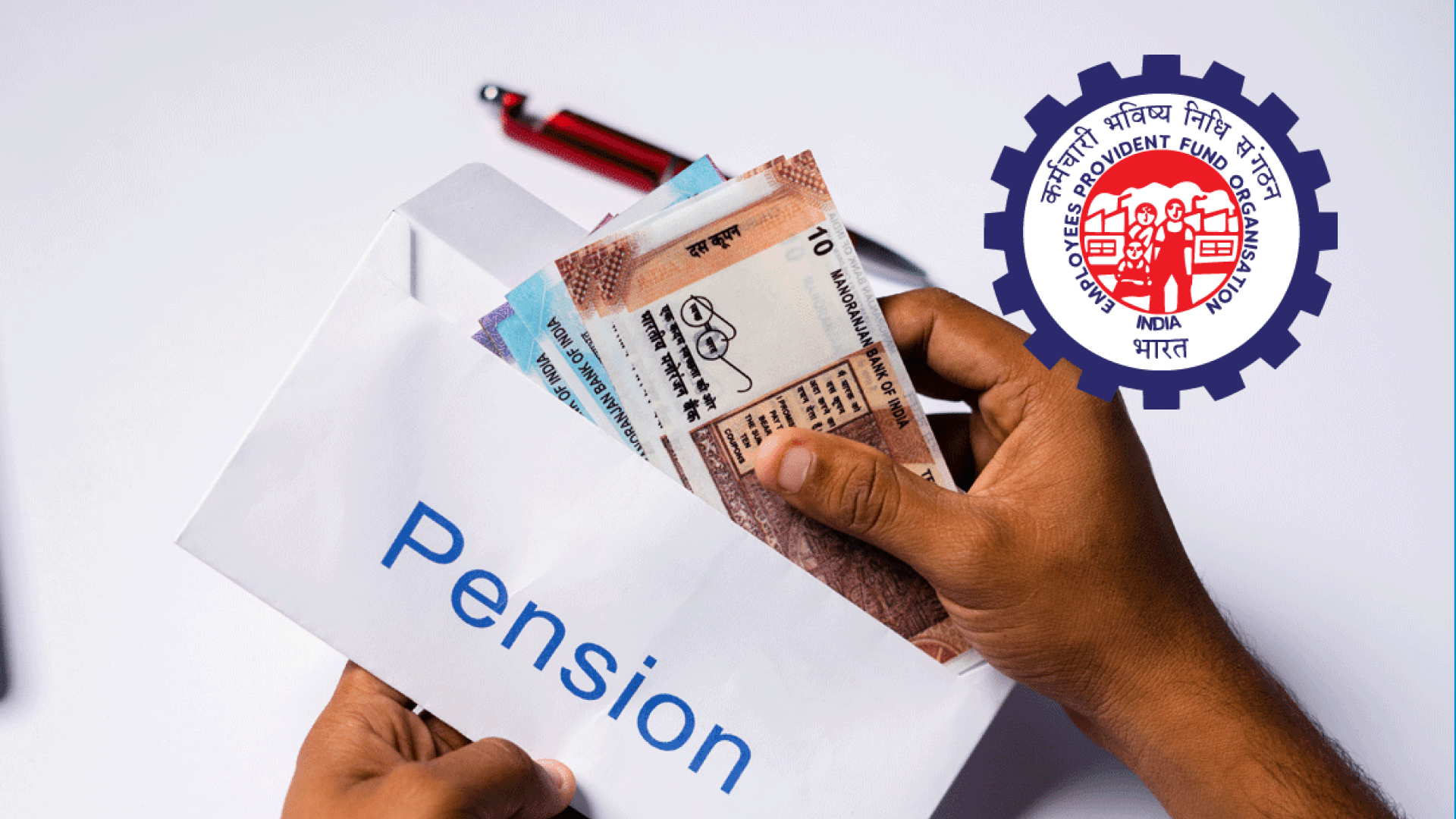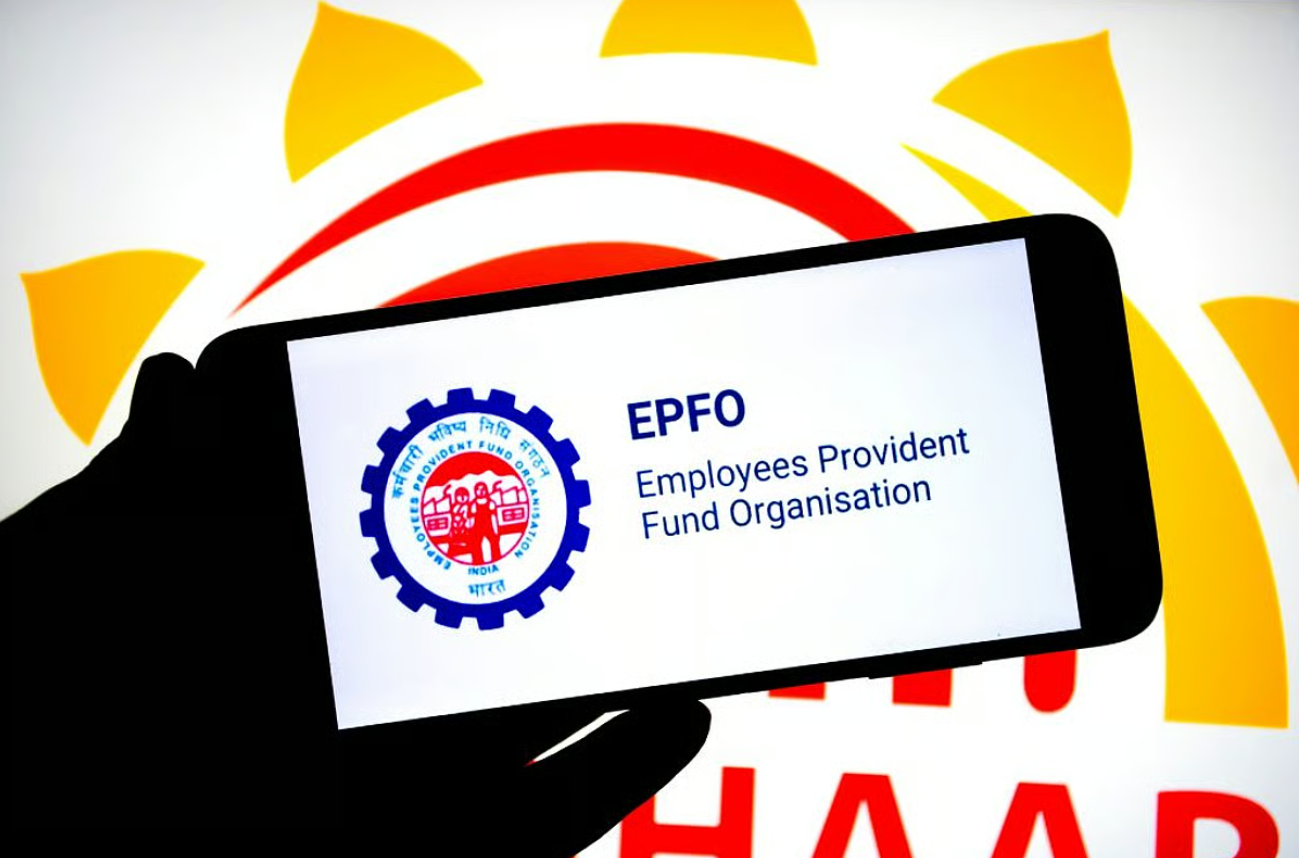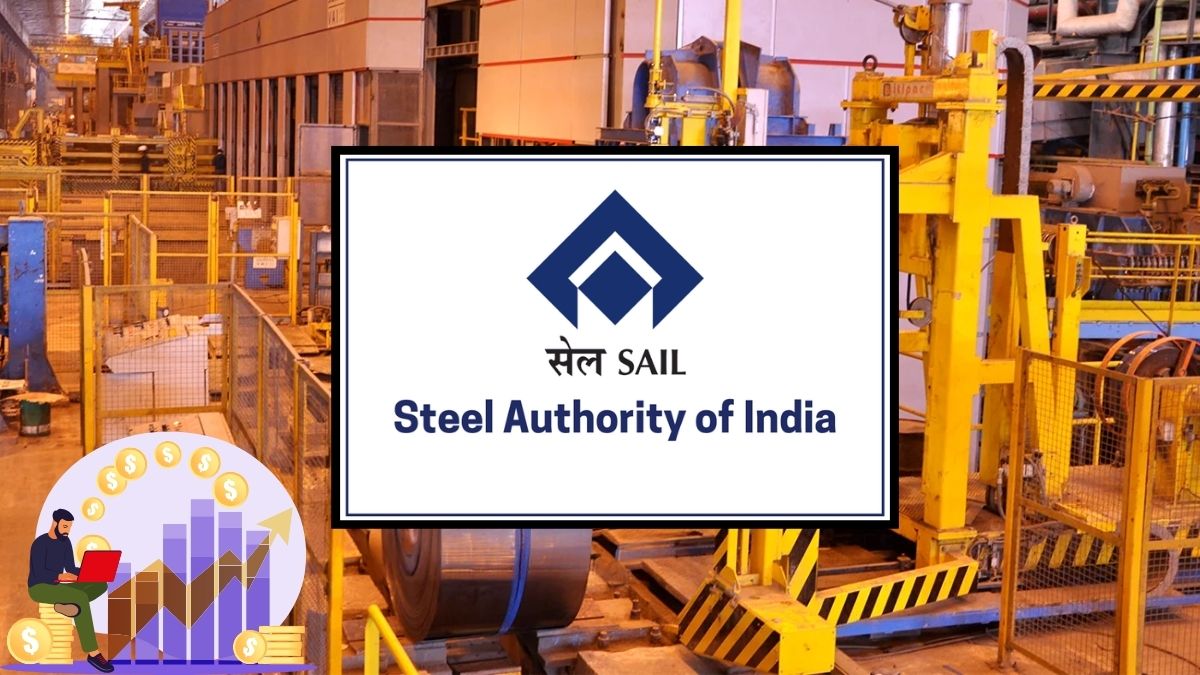The long-standing uncertainty over pensions on higher wages under the Employees' Provident Fund Organisation has finally received some clarity. On July 21, 2025, the Minister of State for Labour and Employment, Shobha Karandlaje, shared critical data in the Lok Sabha confirming that the EPFO has processed 98.5 percent of all applications related to higher pensions. This announcement comes as a significant update for over fifteen lakh employees and pensioners who had been anxiously waiting for resolution.
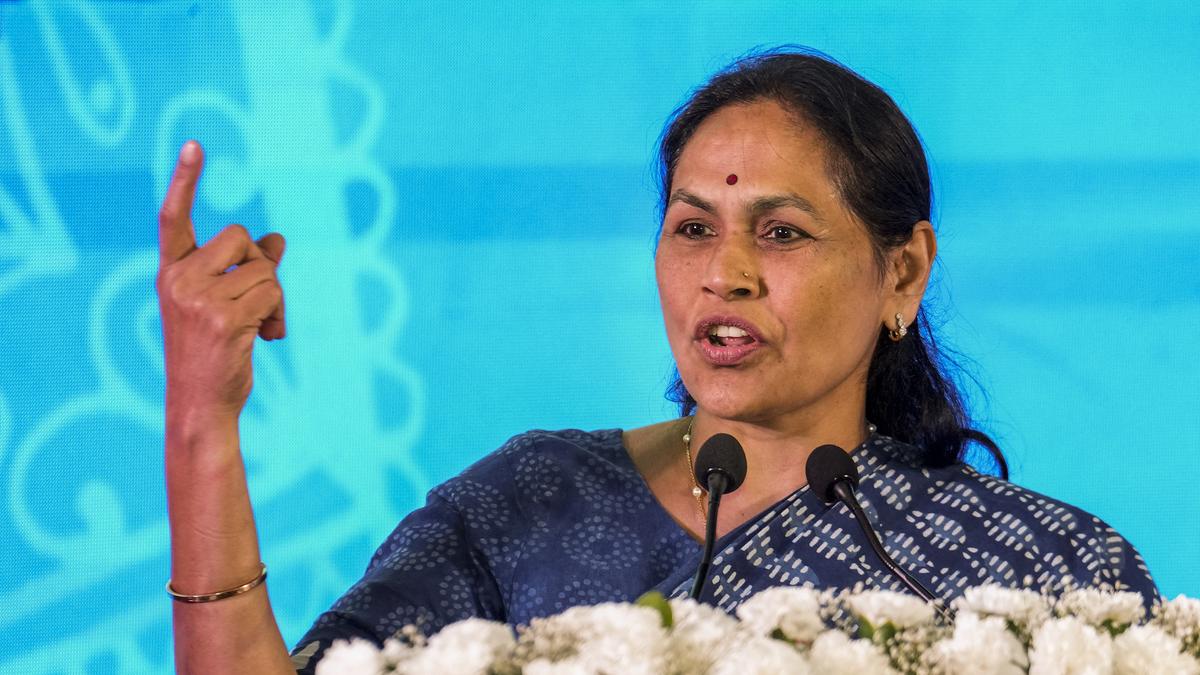
The background to this issue lies in a long-standing dispute over whether employees could receive pensions based on their actual salaries instead of the previously capped figure of ₹15,000. In 2014, the EPFO had issued a circular stating that only those employees who had opted in during their tenure and whose salaries exceeded the cap would be eligible. This restriction led to a series of legal challenges, culminating in a Supreme Court judgment on November 4, 2022.
According to the court's verdict, employees who were part of the EPF scheme before September 1, 2014, and either continued to be in service or had retired after that date, were allowed to apply for a higher pension. However, they had to submit a joint option with their employer for the revised pension calculation to be considered. Following this order, the EPFO began inviting and processing such applications.
Now, nearly three years after the legal resolution, the government has officially disclosed the numbers. As of July 16, 2025, EPFO has received over fifteen lakh applications. Out of these, demand letters were issued for approximately four lakh applications. Around eleven lakh applications were rejected, while only about twenty-two thousand are still pending review. This reflects that the majority of cases have been acted upon.
The data shared in Parliament also highlighted regional disparities in application outcomes. In certain regions, like Chennai and Puducherry, the rejection rates were particularly high. In this zone alone, over sixty-three thousand of the seventy-two thousand applications were denied. However, the government has not provided specific reasons for such rejections, which continues to raise concerns for many applicants who feel they met the eligibility criteria under the Supreme Court's guidelines.
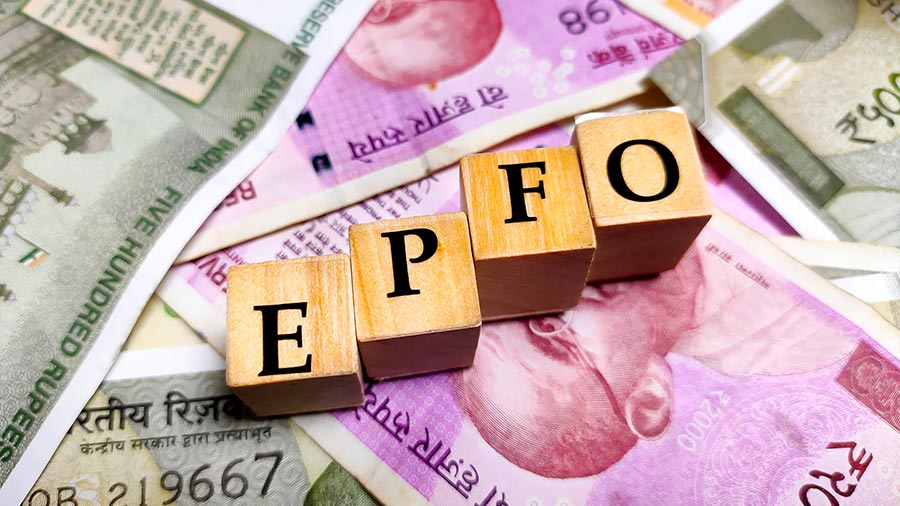
Despite the high rejection rate, the current focus appears to be on closing the gap on the remaining pending applications. While no clear timeline has been announced for the disposal of these final cases, the volume is relatively small compared to the overall pool, suggesting that the EPFO could resolve them in the near future.
Another area where the government has remained quiet is on the grounds of rejection. Several stakeholders have expressed the need for greater transparency in this regard. Many believe that if rejections are due to documentation issues or technical lapses, there should be an option for applicants to rectify and reapply.
The broader sentiment among employees and pensioners is a mix of relief and frustration. Relief stems from the confirmation that the process is nearly complete, and frustration remains due to the lack of explanation behind rejections. The episode also underscores the need for improved communication between regulatory bodies and beneficiaries when legal or policy changes are implemented.
Looking ahead, employees who have not yet received their pension approvals or communications from EPFO are advised to track their status closely and ensure that they retain records of submission. As the window for reapplying or seeking redress may vary based on the nature of each case, staying informed will be key.
For more updates on EPFO policies, pension reforms, and personal finance news that matters, follow You Finance on Instagram and Facebook. We simplify the complex so you can make smarter money moves.



